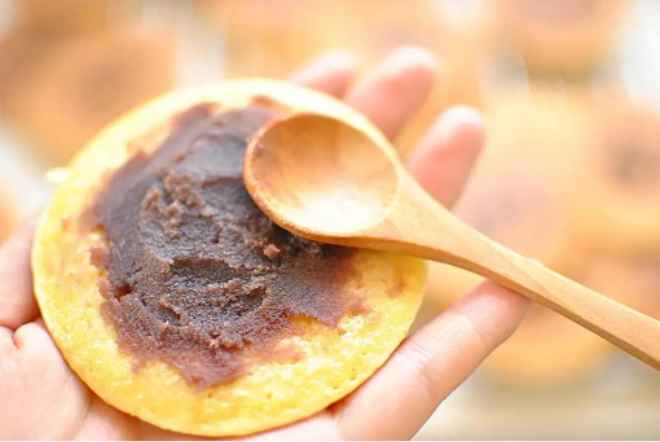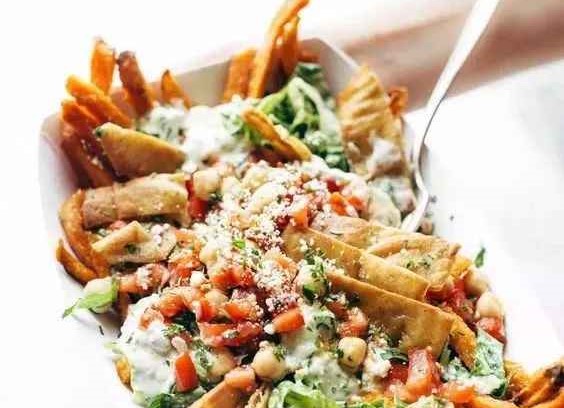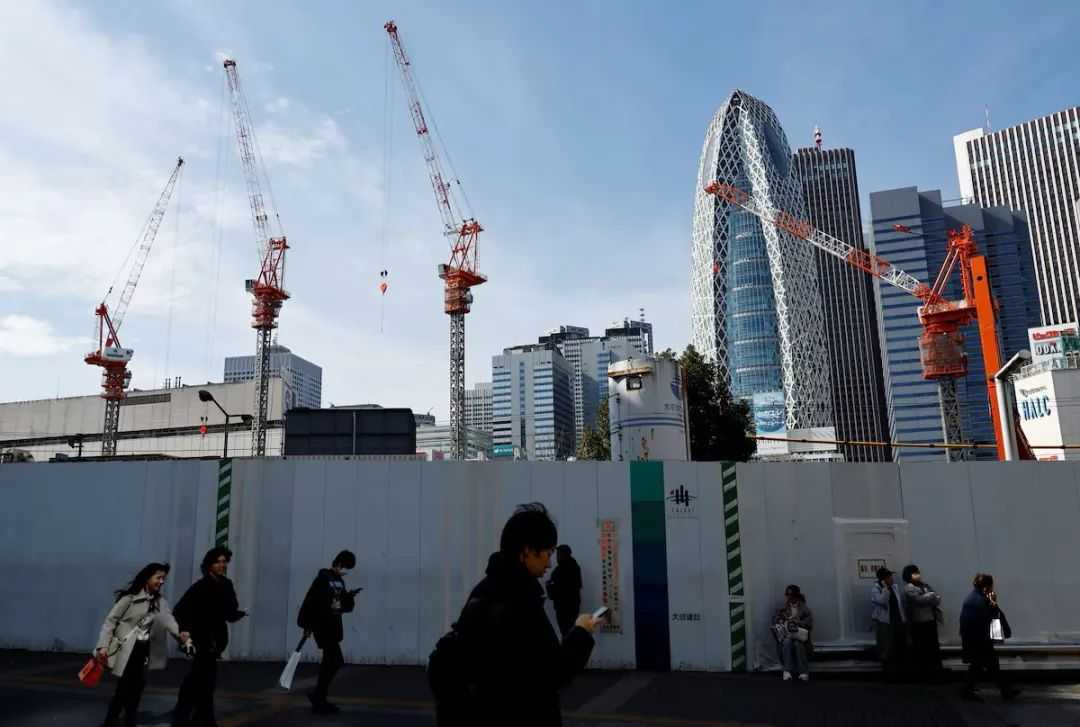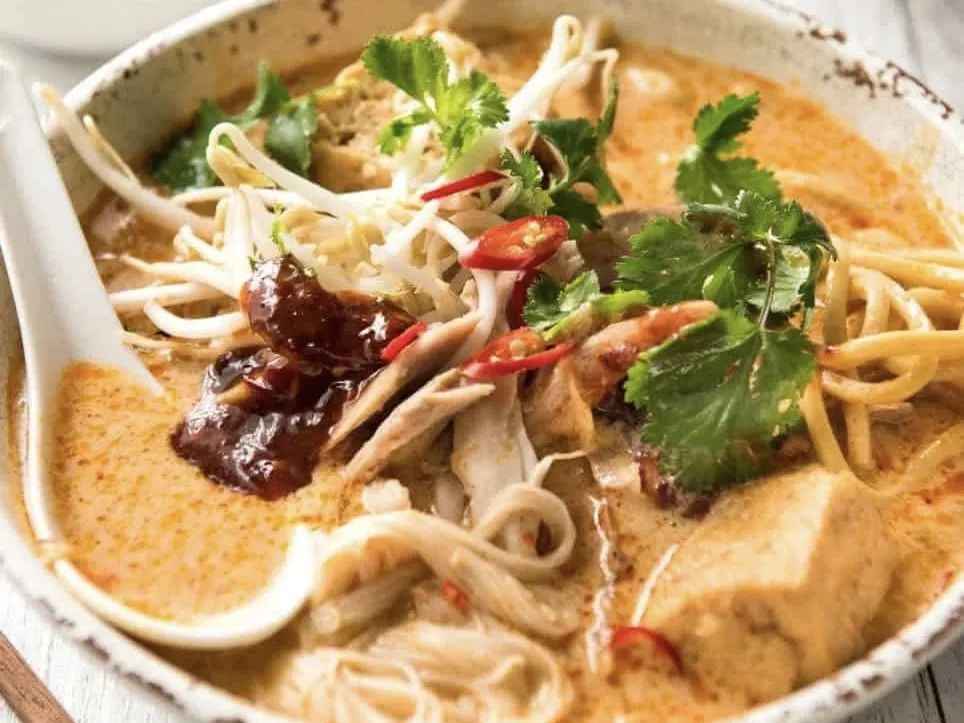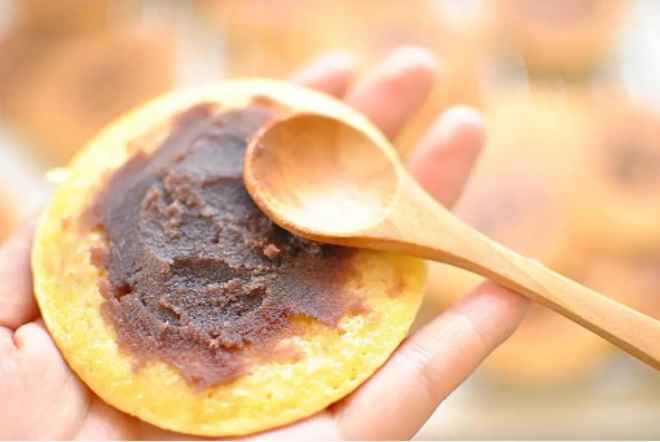
Source: Images from the Internet, if there is any infringement, please contact the removal of
Dorayaki's history can be traced back to the Edo period, with its prototype derived from the "mantou" (steamed bun) of China's Tang Dynasty, which was introduced to Japan by envoy monks and gradually localized. The original dorayaki used wheat flour, sugar, and eggs to bake the crust, with red bean paste as the filling. Its name comes from the two round crusts that resemble a gong when joined. After the Meiji Restoration, with the popularization of sugar production technology, dorayaki transitioned from a noble dessert to a common street food. Today, while traditional red bean paste remains classic, innovative flavors like matcha, cream, and chocolate have emerged, yet its golden round shape and mild sweetness endure.
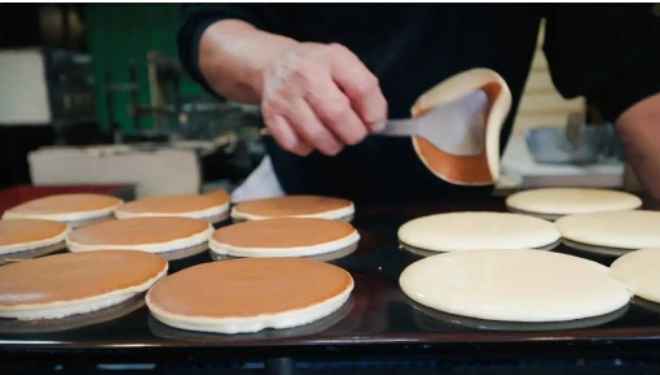
Source: Images from the Internet, if there is any infringement, please contact the removal of
Making authentic dorayaki follows the "Three Shine Principles" – smooth dough, clean bowl, and glossy hands. First, egg yolks and fine sugar are whipped to a milky white, then mixed with cake flour and baking powder to form a smooth batter. The batter is spooned into a special copper mold and baked over charcoal. When uniform air holes appear on the surface, the crust is flipped, releasing a fragrant aroma like a golden disc. Preparing the red bean paste requires patience: red beans are soaked for 12 hours, slowly simmered, and mixed with sugar and maltose to create a dense, sweet filling. Sandwiching the paste between two baked crusts and pressing them gently completes the perfect dorayaki.
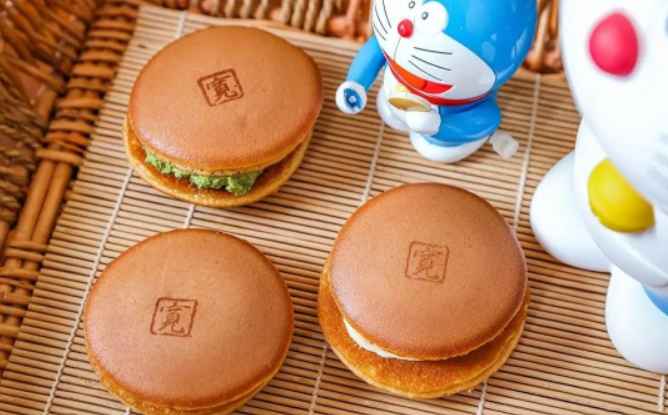
Source: Images from the Internet, if there is any infringement, please contact the removal of
In Japan, snacks ending with "yaki" (meaning "grilled") often embody the warmth of charcoal cooking, such as okonomiyaki and Hiroshima-yaki. Among them, dorayaki stands out as the most heartfelt representative. It frequently appears in anime, films, and literature, symbolizing family warmth and childhood memories. The classic scene of Doraemon pulling dorayaki from his four-dimensional pocket has made the snack a global sensation – statistics show that Japan consumes over 500 million dorayaki annually, transcending borders to become a key window into Japanese food culture.
Today, dorayaki can be found in traditional wagashi shops in Tokyo's Asakusa or Japanese cafes in New York and Paris. This small pastry, with its sweet flavor, connects history and modernity, continuing to write the legend of Japanese food culture through the warmth of charcoal fire.
